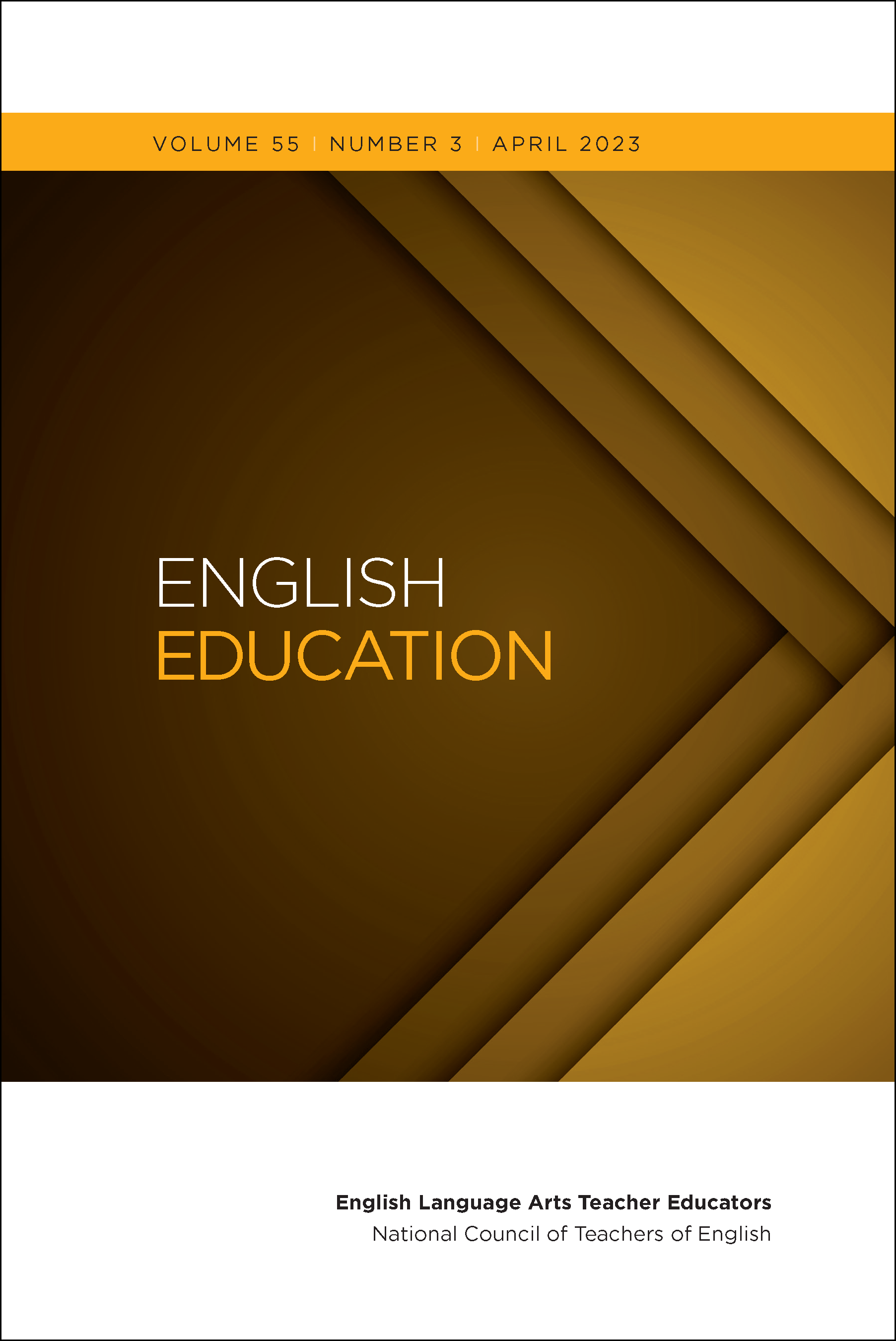
Full text loading...
Reading moments of classroom talk as text, we explored how prospective teachers in a Teaching Diverse Young Adult Literature course read and responded to Michael Muhammad Knight’s The Taqwacores, a text with a Muslim LGBTQIA+ theme. Thinking with queer theory—and its constituent concept, homonationalism, more specifically—we examined how discourses of difference, both liberatory and oppressive, were shaped as notions of collective acceptance, tolerance, and inclusion intersected with interpersonal contradictions and contingencies. Using critical discourse analysis to trace how the “queer, Muslim other” was indexed in conversation, we highlight the promises and pitfalls of leveraging diverse youth literature as students examined and extended the privilege of personhood through the particulars of a single text.

Article metrics loading...

Full text loading...
References


Data & Media loading...

